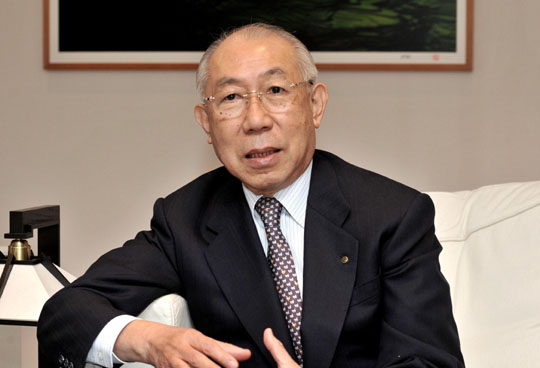In July 1942, seven months after the attack on Pearl Harbor that started the Pacific War, Tokyo hosted one of the most ambitious exhibitions of art the world had ever seen. "Leonardo da Vinci," staged in an exhibition hall in the central district of Ueno, featured 600 exhibits by and related to the Italian master whose life, from 1452 to 1519, and works in both the arts and sciences, place him at the very pinnacle of the European Renaissance.
Among the many thousands of visitors who crammed in for some wartime distraction was an 11-year-old boy named Yoshiharu Fukuhara. Gazing at da Vinci's paintings, drawings and designs for such machines as helicopters and water pumps, the young Fukuhara was astonished that a single person could embody such diverse interests and expertise.
It's not surprising that da Vinci struck a chord with Fukuhara. His own family boasted several modern-day Renaissance men. The pattern for their lives was to combine artistic activities with careers at the business that Fukuhara's grandfather, Arinobu, had founded in 1872: the cosmetics and toiletries-maker Shiseido. As Fukuhara explained recently to The Japan Times, it was a pattern he followed himself.



















With your current subscription plan you can comment on stories. However, before writing your first comment, please create a display name in the Profile section of your subscriber account page.